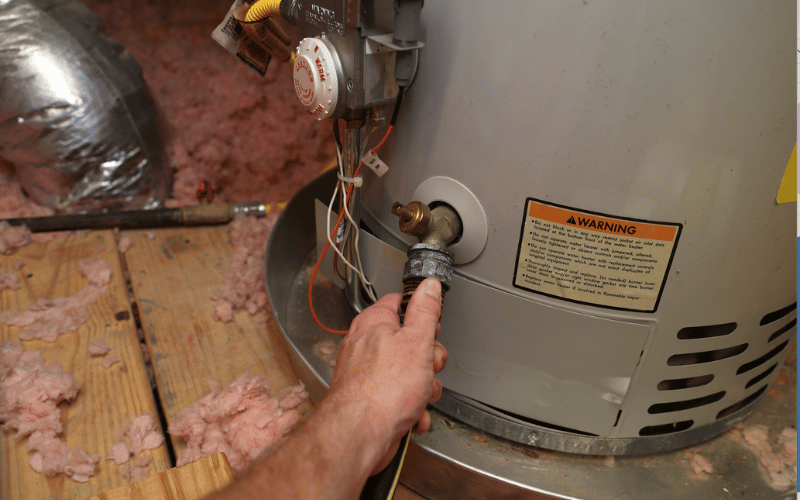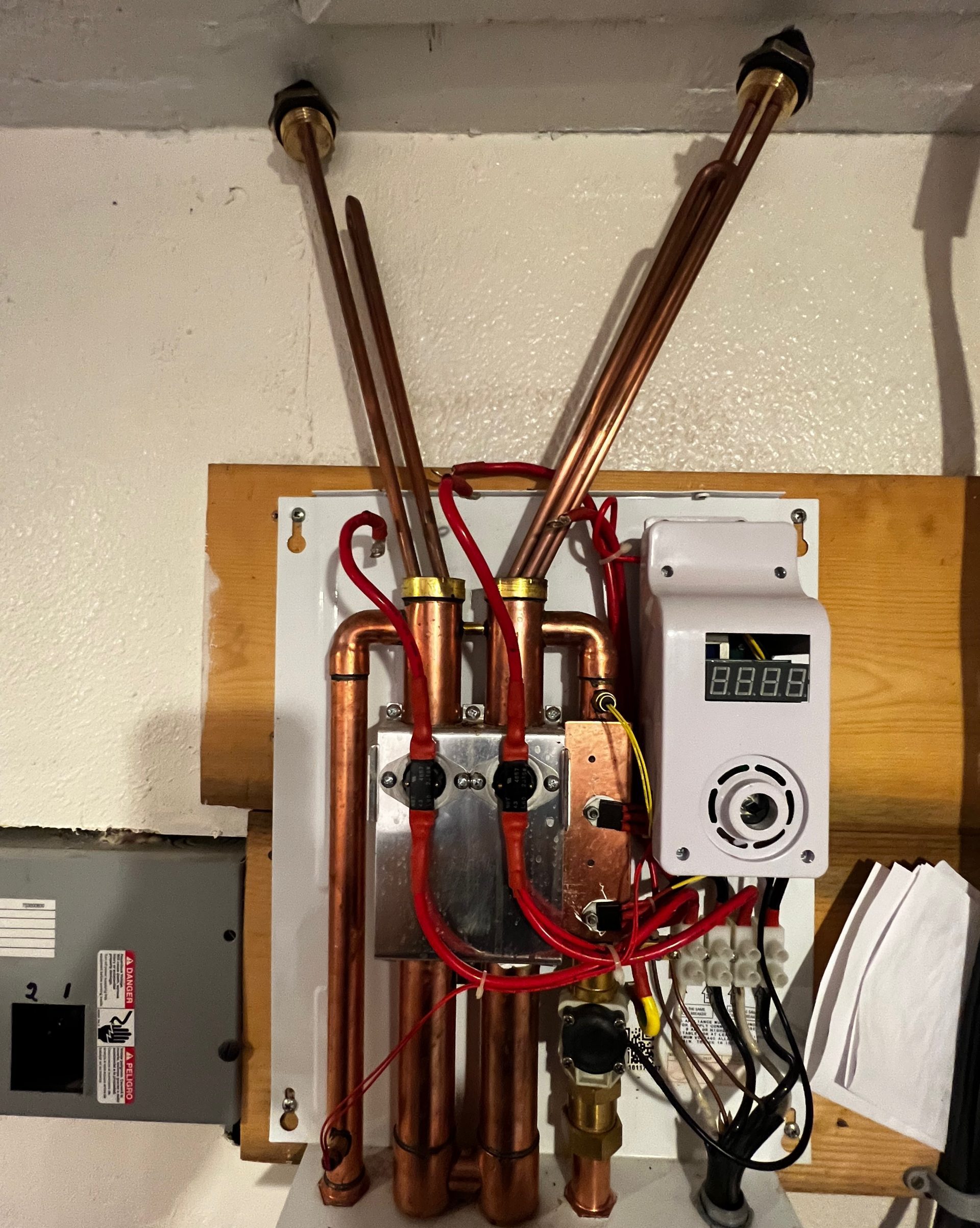What're your thoughts about How to Maintain Your Water Heater & Prolong its Life?

Warm water is vital for day-to-day comfort, whether it's for a revitalizing shower or washing dishes. To guarantee your warm water system runs successfully and lasts much longer, regular upkeep is key. This article offers useful tips and understandings on how to preserve your home's hot water system to stay clear of disruptions and expensive repair services.
Introduction
Maintaining your home's warm water system could seem difficult, yet with a few basic actions, you can ensure it operates efficiently for many years ahead. This overview covers whatever from recognizing your hot water system to do it yourself maintenance suggestions and recognizing when to hire expert aid.
Significance of Preserving Your Warm Water System
Regular upkeep not just prolongs the life-span of your hot water system yet likewise guarantees it operates effectively. Neglecting maintenance can bring about decreased performance, higher power costs, and even early failing of the system.
Indications Your Warm Water System Needs Maintenance
Knowing when your warm water system requires interest can protect against major concerns. Look out for indications such as irregular water temperature, unusual sounds from the heater, or rustic water.
Recognizing Your Warm Water System
Before diving right into maintenance tasks, it's handy to comprehend the fundamental elements of your warm water system. Typically, this includes the water heater itself, pipes, anode poles, and temperature level controls.
Month-to-month Maintenance Tasks
Regular monthly checks can assist catch small concerns prior to they rise.
Purging the Water Heater
Flushing your water heater removes sediment accumulation, enhancing effectiveness and extending its life.
Checking and Replacing Anode Rods
Anode rods stop rust inside the storage tank. Examining and replacing them when worn out is essential.
Examining and Changing Temperature Settings
Adjusting the temperature settings guarantees optimal performance and safety.
DIY Tips for Maintenance
You can perform several upkeep jobs on your own to maintain your warm water system in top condition.
Checking for Leaks
Routinely evaluate pipes and connections for leaks, as these can bring about water damages and greater expenses.
Checking Pressure Alleviation Valves
Examining the stress relief valve ensures it functions correctly and protects against too much stress accumulation.
Protecting Pipes
Insulating warm water pipelines decreases heat loss and can save power.
When to Call an Expert
While DIY maintenance is helpful, some problems require professional experience.
Facility Problems Requiring Professional Aid
Examples consist of major leakages, electrical troubles, or if your water heater is consistently underperforming.
Routine Specialist Maintenance Conveniences
Expert upkeep can include detailed assessments, tune-ups, and making certain compliance with security standards.
Final thought
Routine maintenance of your home's warm water system is important for efficiency, durability, and cost financial savings. By complying with these ideas and understanding when to seek professional aid, you can make sure a dependable supply of warm water without unforeseen disturbances.
Water Heater Maintenance Tips
Test the TPR Valve
Shut off the power and the cold-water supply valve. Place a bucket under the pipe connected to the temperature-pressure-release (TPR) valve on the top or side of the tank. (This valve opens if the tank pressure gets too high.) Lift the valve’s tab to let some water out, then let go. If water keeps flowing, drain the tank partway, unscrew the old valve with a pipe wrench, and install a new one. Check the Anode Rod
Put a hose to the tank’s drain cock and let out a few gallons of water. Now fit a 1 1/16-inch socket onto the rod’s hex head on top of the heater (or under its top plate) and unscrew the rod. If it’s less than ½ inch thick or coated with calcium, buy a new one, wrap its threads with Teflon tape, put it back in the tank, and tighten securely. Use this segmented rod if headroom above the tank is limited. Drain the Tank and Wash Out Sediment
Drain the remaining water in the tank into the bucket, then stir up the sediment on the tank’s bottom by briefly opening the cold-water supply valve. Drain and repeat until clean water comes out of the hose. Close the drain cock, refill the tank, and turn its power back on. Adjust the Temperature
Find the temperature dial on the side of the tank and unscrew its cover. Adjust the dial to 120 degrees using a flathead screwdriver. For every 10 degrees the temperature is lowered, you can expect to save up to 5 percent in energy costs. Turn the water heater off or the thermostat down to its lowest setting if you plan to be away from home for more than three days. Insulate the Pipes
Buy some self-sticking 3/8-inch-thick foam pipe insulation that matches the pipes’ diameter. Slide the foam over the hot-and cold-water pipes as far as you can reach. Insulating the cold-water pipe prevents condensation in summer. Peel the tape and squeeze the insulation closed. If the pipe is 6 inches or less from the flue, cover it with 1-inch-thick unfaced fiberglass pipe wrap. https://www.thisoldhouse.com/plumbing/21016402/how-to-maintain-a-water-heater

As an avid person who reads on How to Maintain a Hot Water Heater in a Few Simple Steps, I figured sharing that information was really helpful. Sharing is nice. You never know, you may very well be helping someone out. Thanks a bunch for your time. Please check up our site back soon.
Visit Website